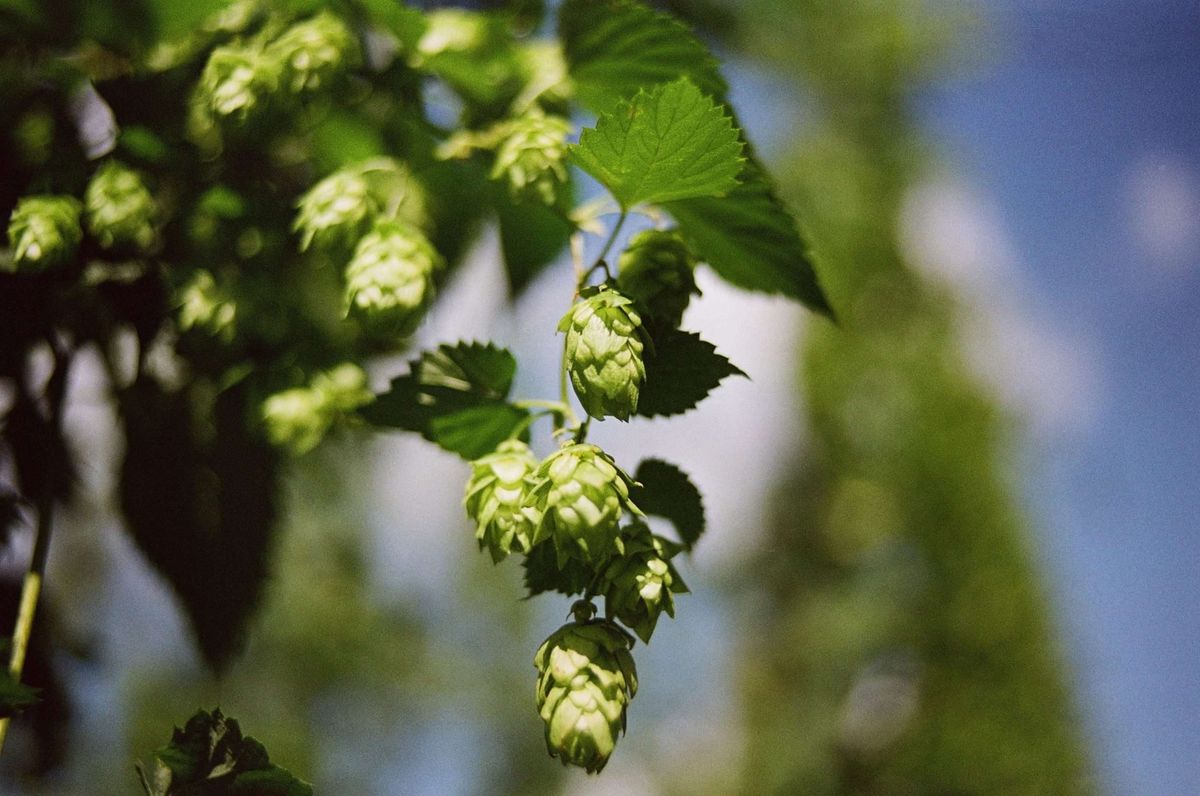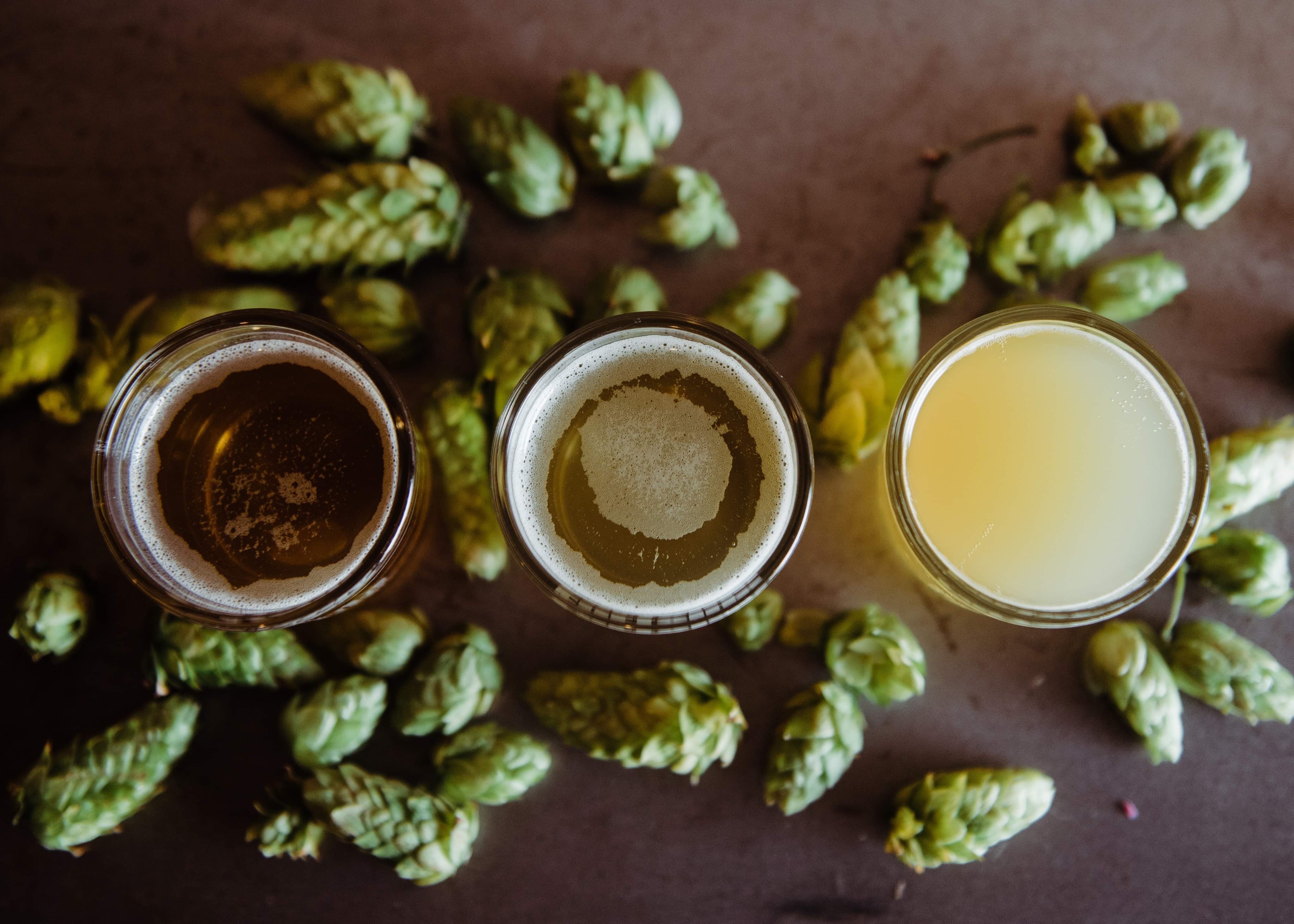WTF is a “fresh hop” beer?

Some may use pumpkin spice everything as the harbinger of Fall. Me? Well, for me, Fall is ushered in by the fresh hop beer. But don’t get me wrong, I still fuck with pumpkin spice.
A few years back, I was back in Portland for my friend’s wedding. Naturally, I had to hit up one of my all-time favorite breweries, Great Notion, while I was there.
Side note: If you aren’t familiar with Great Notion, you’re missing out. They started out as a small brewery in Portland, specializing in sour beers. Since then, they’ve grown to have a few locations in Portland and Seattle, serving up some of the most inventive beers I’ve ever had. If you have an adventurous beer palate, Great Notion is second to none.
Anyway, this was the same time I saw the first “fresh hop” beer on the menu. Obviously, some novel alcohol concept, and I’m all over it. The beer was extremely aromatic but not quite as bitter as I’d expect from something with that level of hoppy smell. So, I had to investigate
To understand fresh hops, we need to step back and understand how beer is traditionally made.
The Ingredients of Beer
Beer is made up of four primary ingredients: grains, hops, yeast, and water. Of course, breweries might vary in the quantity of each element and even throw in some others (think that chocolate peanut butter stout your uncle loves). But at the core, each beer mainly consists of these ingredients.

That bitter characteristic you get in most beers, typically IPAs and Pale Ales, come from the hop. Typically, hops are harvested from their bine, laid out to dry (sometimes in a kiln), and then turned into pellets for brewers to use during their boil. Almost all of the beer you drink or find in cans or bottles use these pellets.
Fun Fact
The closest relative to the hop plant (Humulus lupulus) is cannabis…
How Fresh Hops are Different
The process is a bit different when it comes to fresh hop beer (also called “wet hop”). From late August to September, the hops are cut from their bine, and instead of going to dry, they are almost immediately used in the brew. According to the Brewers Association guidelines, “fresh or wet hop beer” must be “hopped with freshly harvested hops either undried or kilned.”
This is no small feat, however. Fresh hops are less concentrated than their pellet counterparts, so a higher quantity of hops needs to be used to get the same levels of flavor and aroma. Secondly, if you don’t use the fresh hops within 24 hours, they begin to rot. So basically, the hops need to go from bine to boil as soon as possible. For this reason, you’ll typically find most fresh hop-style beers pretty exclusive to the Pacific Northwest.
Second Fun Fact!
The vast majority of hops, I’m talking over 75%, are grown in Yakima Valley in Washington. It’s basically the Napa Valley of hops.
So fresh hops are a fickle beast. But holy shit, is it worth it. Fresh hops have a distinct and wonderful herbal, “green” flavor and smell profile. They typically don’t have the bitterness you get with your standard IPAs. And if you were to smell a fresh hop beer, your nose would be in for a treat.
So this Fall, if you find yourself a fresh hop beer, do yourself a favor and buy as much as you can. They only come around once a year.
